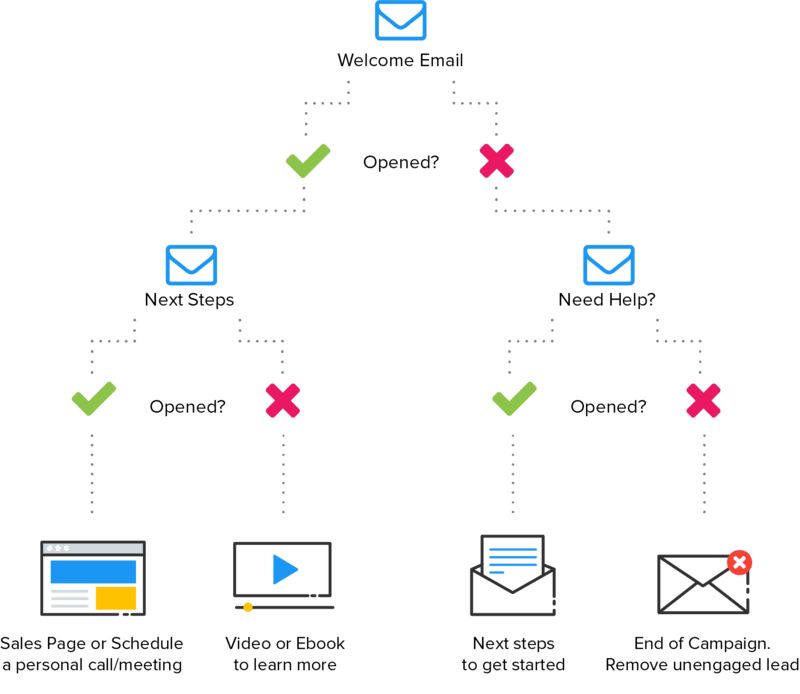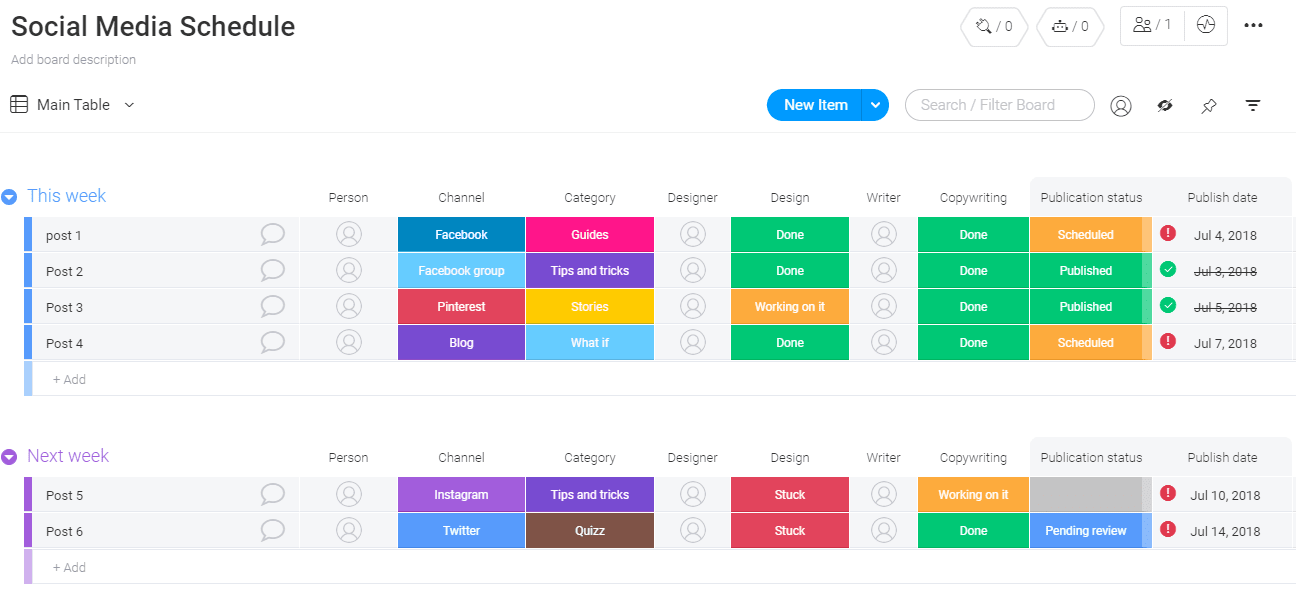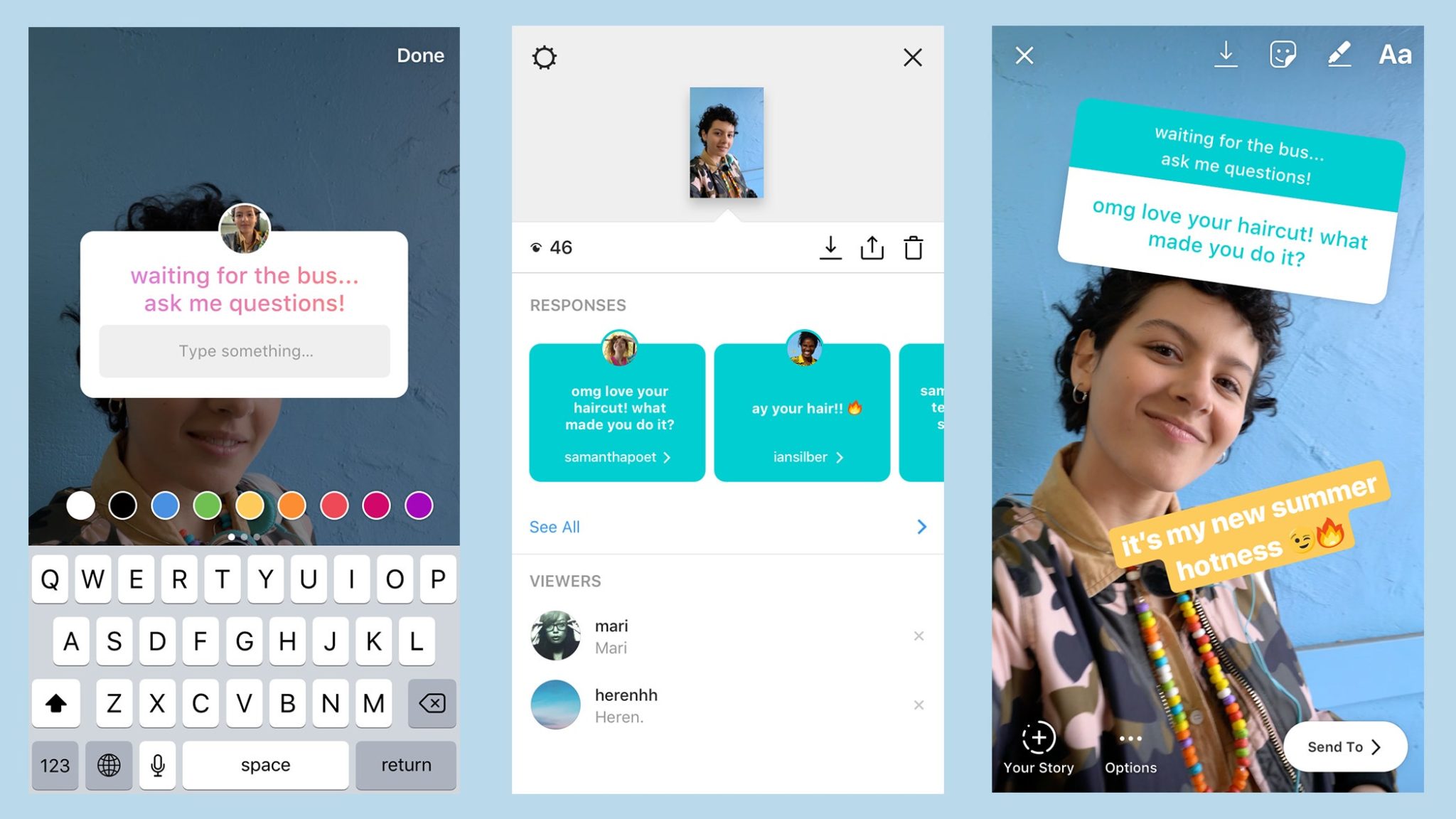
Being our own boss brings a lot of perks. Not only are you able to make your own rules, but you’re also motivated by your own goals. However, with great power (and independence) comes great responsibility.
When it comes to being a solo entrepreneur, or solopreneur, you must wear many hats. Running a business on your own means that you’re responsible for delivering products and services, tending to customers, promoting your business and making a profit.
One of the many challenges a solopreneur might face is marketing. If you’re looking to grow your business, you’ll need to have a good marketing plan and practices in place. There’s no doubt that without marketing, it’ll be a struggle for your business to take off.
That being said, marketing does require a lot of time and effort, which many people often can’t find the time to do. Thankfully, there are plenty of highly effective digital marketing strategies that can be crafted for people running their businesses alone.
At its core, the term entrepreneur describes an individual with a passion for growing successful businesses from the ground up. A solopreneur is a subtype of that. All solopreneurs are entrepreneurs, but not all entrepreneurs are solopreneurs.
A solopreneur is someone who sets up and runs a business all by themselves. They’re both the founders of the business, as well as all of the employees. They could be an independent professional, contractor, plumber, freelancer or a photographer. The possibilities are endless.
One of the ways the two differ is how they scale their business. Most entrepreneurs plan to scale their businesses over time, solopreneurs tend to keep their business at a size that suits a single person.
This means that solopreneurs need to have a very specific and clear marketing strategy in place. They need to be able to grow their business to a profitable level, but not beyond a point where they need to bring on more people.
Let’s dive into the 10 vital marketing tips and tactics you need to thrive as a solopreneur.
When your resources are limited, you want to be sure that you’re not wasting any of your precious time and money, especially when you’re running your business alone. But when it comes to marketing, email marketing is an opportunity businesses shouldn’t be missing out on.
There’s no secret that email marketing comes with its indisputable benefits, including its high return on investment. When you have a well planned email marketing strategy, it will make you money back. The average ROI is $36 for every $1 spent on email marketing. Not only that but email marketing is great for building relationships with customers, generating new leads and promoting your services.
You can start by building your emailing list! Start by offering some free content in exchange for gathering your prospects’ information to email. For example, it could be in the form of bite-sized information, how tos, newsletters, or product giveaways. Once you’ve done that, you can build an established audience to channel your efforts to either keep them entertained, informed, or updated with the ins and outs of your business.
The beauty of automated email marketing is how it helps you put your emailing tasks on autopilot. Most email marketing software nowadays are great in setting up specific workflows to send emails to specific people based on their actions. It’s the best tool to ensure you send out the right content to the right people.
Email marketing can be a powerful tool for solopreneurs to generate more leads and sales! When you’ve got the right tools and strategies in place, it’s a task that’s easy to handle as a solopreneur.
If you’re still not sold, here are some email marketing stats you ought to to know:

Source: Wishpond
In order to stay competitive, you’ll need a website. Your website serves as an online storefront for your business and is essential for brand awareness and growth. It’s a great medium to introduce yourself, share your story, and reveal why new customers should choose you.Customers these days are hard to please because expecting a business to have a website is already the standard.
When it comes to your website, you only have one chance to wow your audience with a solid first impression. Research shows that 94% of first impressions relate to your site’s web design. So, remember to keep the design functional, relevant, and aesthetically pleasing to be worth remembering to your customers.
A good website strategy would also prioritise the UI/UX experience across all platforms. This means that you need to make sure your site is easy to navigate and mobile-friendly for all users. Your website also serves as a link to all your other marketing channels such as social media, videos and email, so use them well!
Without going into too much detail of why your business needs a website, here’s our guide on how your website is essential to your business’ success.
There’s this simple explanation of what evergreen content is–“Think of evergreen content as ever-relevant content”, said Neil Patel.
Evergreen content is the kind of content that stays relevant and drives traffic over long periods of time. Content that’s evergreen is centred around topics that people never lose interest in, such as how to fix a flat tire, how to start a blog, or a marketing guide for small businesses.
On the flip side, topics that are seasonal and niche, like seasonal articles, announcements, and posts on current events—i.e Covid-19—are the opposite of evergreen. These are the ones you want to publish sporadically and as and when trend updates are worth mentioning.
One of the reasons why evergreen content is extra useful for solopreneurs is this:it requires less effort. Don’t get me wrong, creating content always requires effort to sit down, brainstorm, and research. However, when you’ve got a few pieces of evergreen content that are more helpful to the consumers over time, it will add value to your business. In comparison to creating new content every day, evergreen content such as a good quality blog post will naturally drive in organic traffic. This helps you generate a steady stream of leads and help your brand stay visible to the right customers!
Here are some things to keep in mind:
It’s the new year and you’ve just had an idea for a post, but you ran out of time and now it’s too late. You realised you haven’t posted on your Facebook page in ages and noticed engagement has dropped. Or that exclusive sale you needed to promote, but only got to it when it was too late. We’ve all been there. What’s worse is that it’s pretty easy to get overwhelmed when running a business on your own.
A major part of digital marketing is creating and publishing quality content. It’s one of the most effective ways to increase your brand awareness, attract your target audience, build trust, maintain customers, and promote your products or services. The catch is that creating content can be a time consuming process.
But, let me bring you in on a little known secret, content scheduling is a marketer’s guide to consistent content creation! To make the best use of your time, create a schedule for your marketing activities. Otherwise, it’s hard to stay on track and you end up making sporadic efforts here and there rather than following a focused plan.
You could spend some time coming up with a monthly or quarterly content calendar and use apps to schedule your content for specific dates. This way, you’ll still be able to publish a consistent flow of content throughout without having to dedicate each day to your digital marketing.

Source: Monday
Here are some of the benefits of content scheduling:
Video marketing has skyrocketed in popularity in the past few years due to the growing demand on social media and changing customer preferences. In 2016, Google’s research found that 6 out of 10 people say that they prefer watching online video platforms versus live tv.
Wherever you look on the internet, one thing is certain, video is the future of marketing. It’s one of the most powerful forms of content out there.
Nowadays, video marketing is the best way to engage your audience, grab their attention and introduce your brand. And when you’re a budding solopreneur, it’s super important they know who you are.
Creating a video marketing strategy can help you achieve great results for your business. Here are some of the ways you can use video marketing:
If you’re looking for more ideas on video marketing, we’ve got you covered with this article!
In today’s world, marketers need to go where their audiences are. No matter what kind of business you have, it’s fairly certain that most of your customers are using social media.
In one of our earlier blogs, we shared why it’s important for small businesses to implement social media marketing. The same is true for solopreneurs’ businesses too!
Social is an essential part of the consumer lifecycle. It’s now more than a tool for networking or socialising. Instead, social media is fast becoming home to the entire customer experience. Reports have shown that 43% of consumers use social media for brand discovery, 36% use social media to shop and purchase products, whilst 33% recommend brands to family and friends. So if you’re looking to either tap into new markets or close some sales, be social!
Source: Sprout Social
The second point about using social media marketing is to go where your customers are. Any effort put into your marketing strategies is an effort all the same. Thus, you need to be selective with the platforms you use. More importantly, you need to understand where your target customers are the most active. There’s no point in spending your efforts on TikTok marketing if your target audience spends most of their time on Facebook instead. For example, if you’re a B2B business then LinkedIn is the go-to platform to market your product and services on.
With so many things to do to keep your business thriving as a solopreneur, the best way forward is to set clear marketing goals. To create a marketing strategy that fits the needs and scale of your business you need to set a clear plan of action for each day, and the set of actionable goals you’re aiming to achieve.
Starting with clear goals helps you meet the marketing objectives for your business. Try to set SMART goals for yourself.
SMART goals are:
Setting SMART goals helps you to:
Naturally, after setting your goals it’s best practice to track your progress and results. When it comes to marketing strategies, it’s important to track your metrics to identify what is and isn’t working.
Here are some prompts to help you:
As a solopreneur, you’re also responsible for making marketing decisions that are worth the marketing costs. Using tools like Google Analytics and the data supplied by email marketing tools, you’ll be able to learn whether your efforts drive in ROI (return on investment) for each strategy.

People love a good story, especially if it features an underdog. Once you’ve got your business plans and marketing strategies in place, consider sharing your solopreneur story. Some businesses wait until they’ve reached success, but sharing your story early on highlights your personality while getting people to be interested in your business. It also builds a connection with your audience via sharing the context of your brand story and how you got here.
You can consider filming short videos or show behind the scenes’ footage of your business journey. Otherwise, you could write blog posts and share your experiences in written detail. You might even choose to share your story on social media where it’s most effective in reaching your audience, and maybe add some fun reels whilst you’re at it!
Another good feature to engage your audience and let people get to know you is to let them ask you questions. You might’ve heard of this before—Ask Me Anything, or AMA for short. It’s an interactive way for users to ask questions and get real time answers after. It might seem silly to some, but AMAs are great for enhancing your authority and building a community with your audience.
Last but not least, remember to connect and engage with your audience. As a solopreneur, it’s a given that your customer base is likely to expect you to be fully engaged with them. These days, customer behaviour shows that personalised experiences are more sought after.
Remember, they’re dealing with an individual touchpoint. . Make sure to keep a close eye on their engagement and spend some time responding to their comments, questions, messages and reviews on social media. These things matter to your customers, so it should matter to you too. Another way you can engage with your customers is by reaching out to ask for feedback. Give them polls and ask them what topics they’d like to see covered. If it fits your business, contests that employ user-generated content would be another great way to build engagement.

Source: Teen Vogue
Being a solopreneur might seem daunting, but fortunately, you’re not alone! With the resources readily available and this guide put together intended to help you through your marketing strategies.
To recap:
This is part of our Marketing Tips series catered to equip and empower different businesses to nail their marketing tactics right. Previously, we delved into the 7 marketing tips for growing your small business. If you’d like to see more posts specific for your niche, let us know your thoughts at hello@medianetic.me! We’d love to hear from you and the ideas that we could pull together.
If you’re looking to up your digital marketing, get in touch with us! We’d love to see how we can add value to your brand or business.

Medianetic Sdn Bhd
200301016995 (619415-K)
No. 59, 2nd Floor, Block E, Zenith Corporate Park, Jalan SS7/26 Kelana Jaya, 47301 Petaling Jaya, Selangor
hello@medianetic.me
+603 7960 3088 (Office)
Medianetic Sdn Bhd © 2023
Made by Medianetic